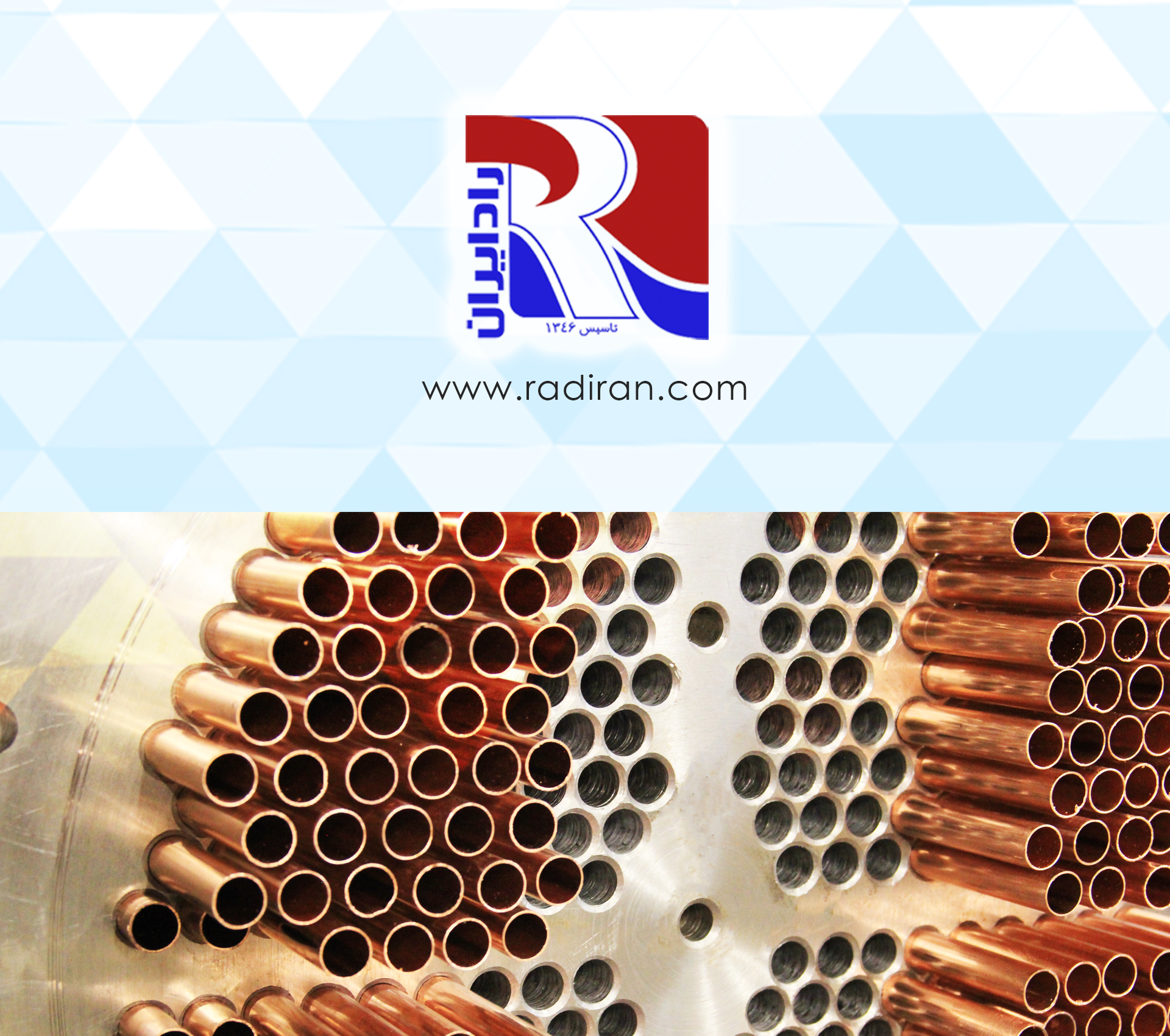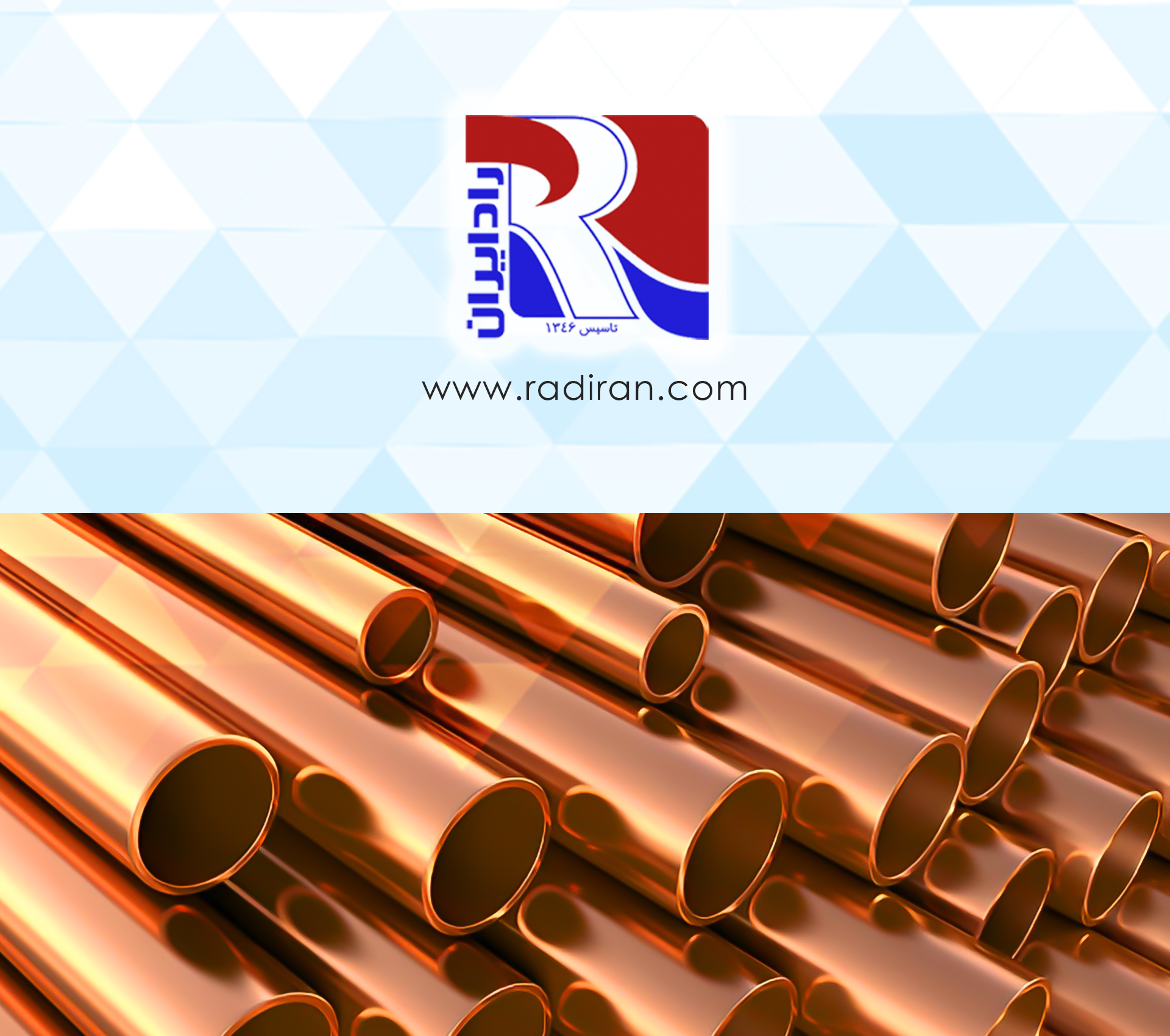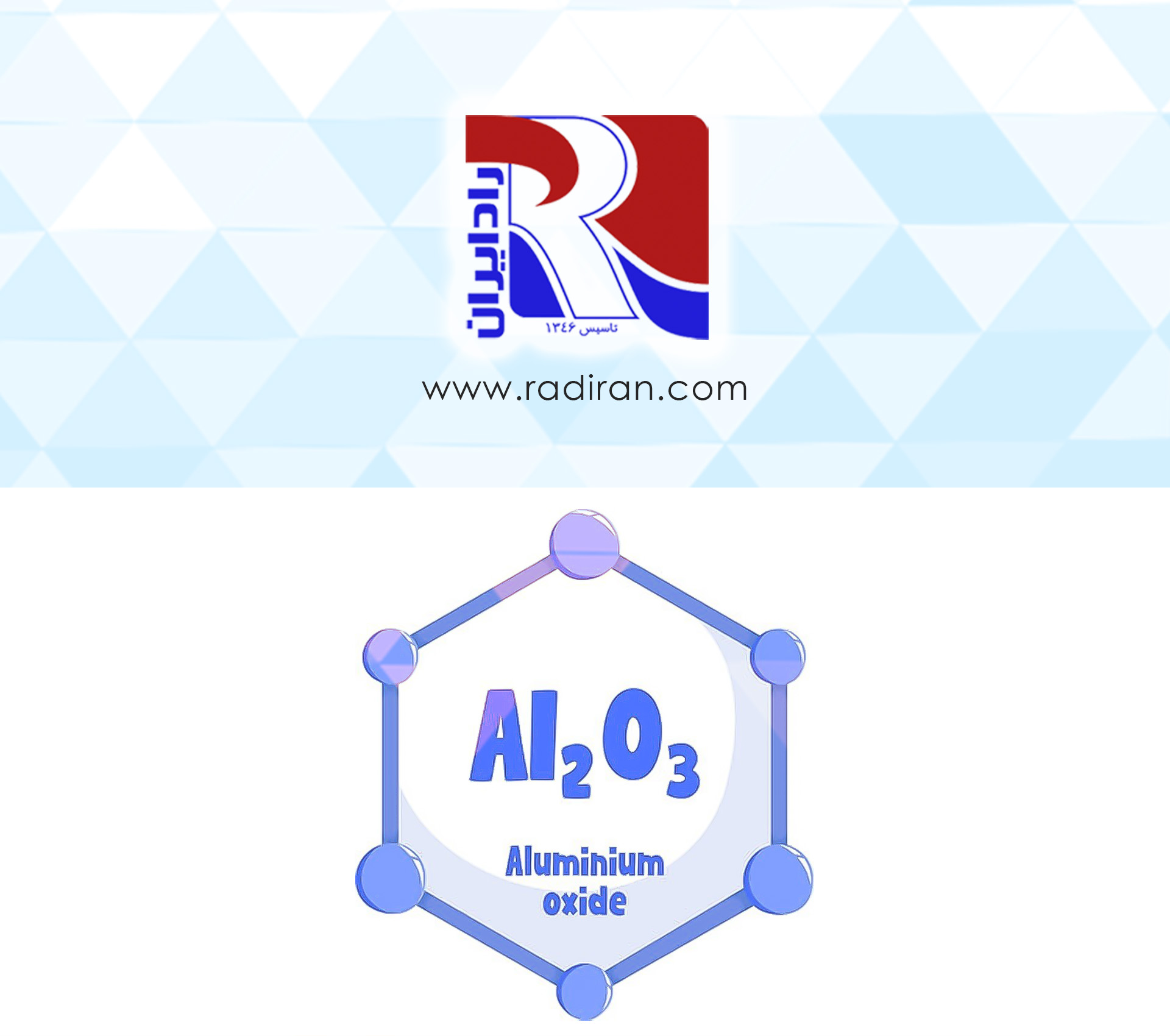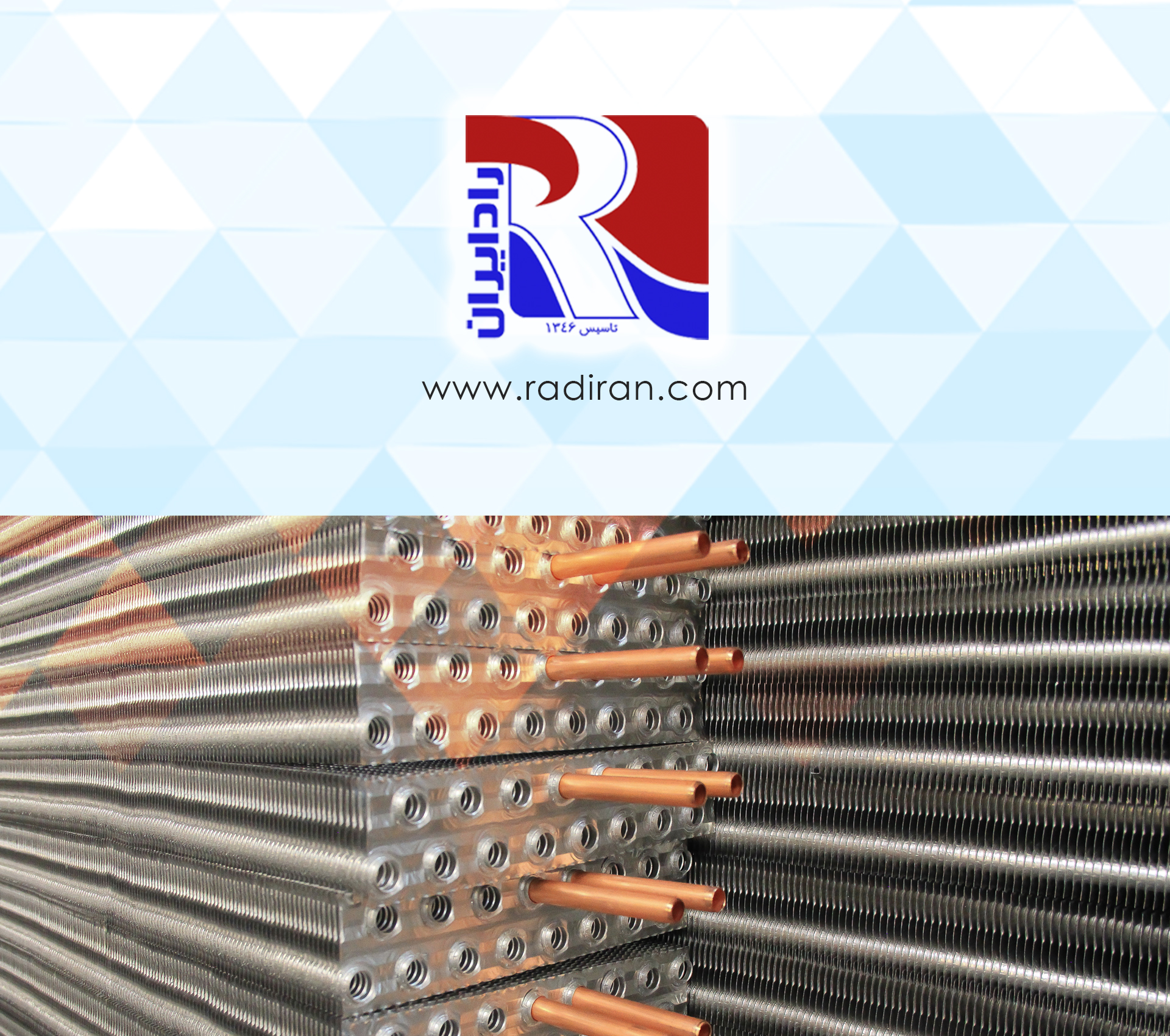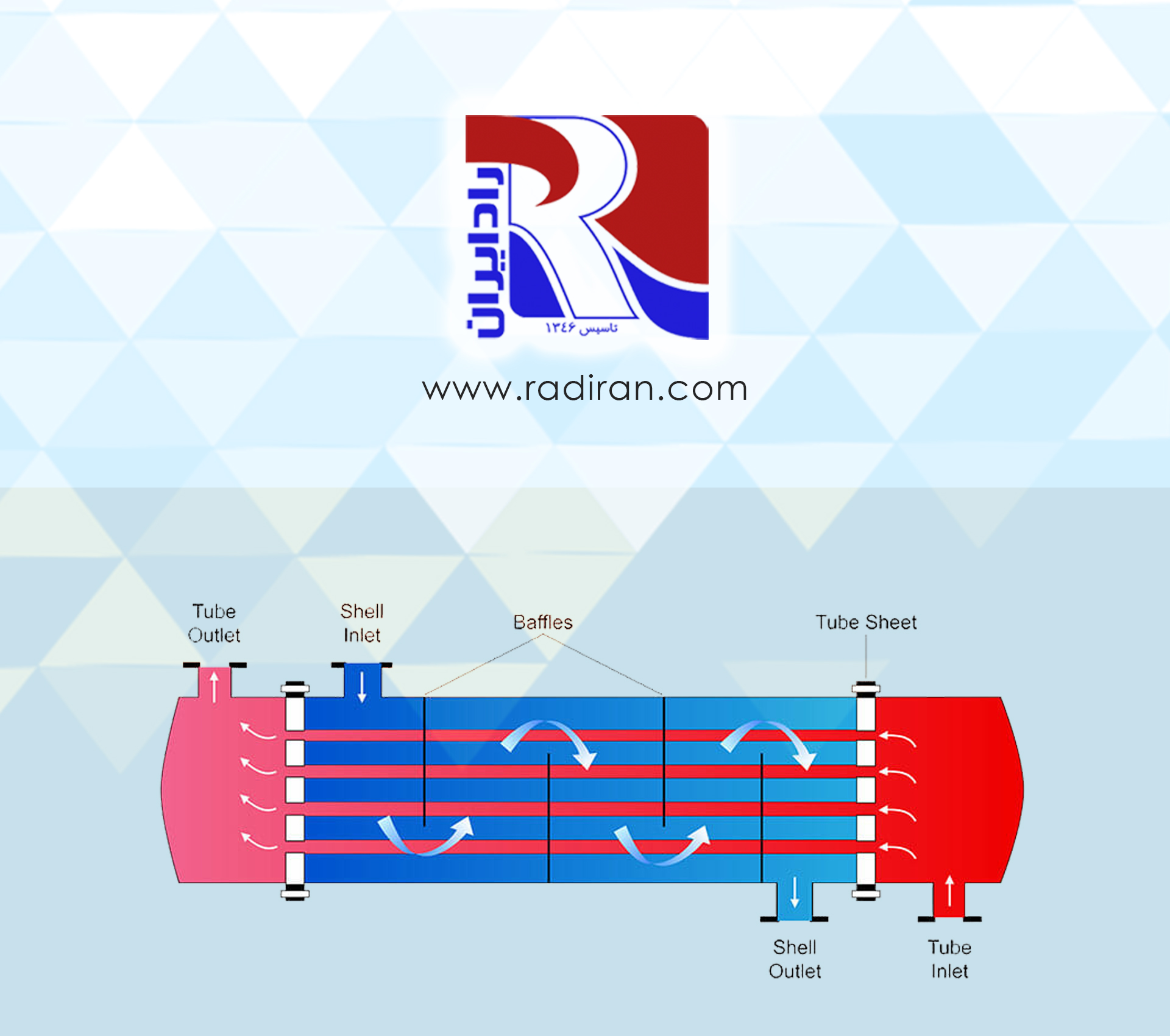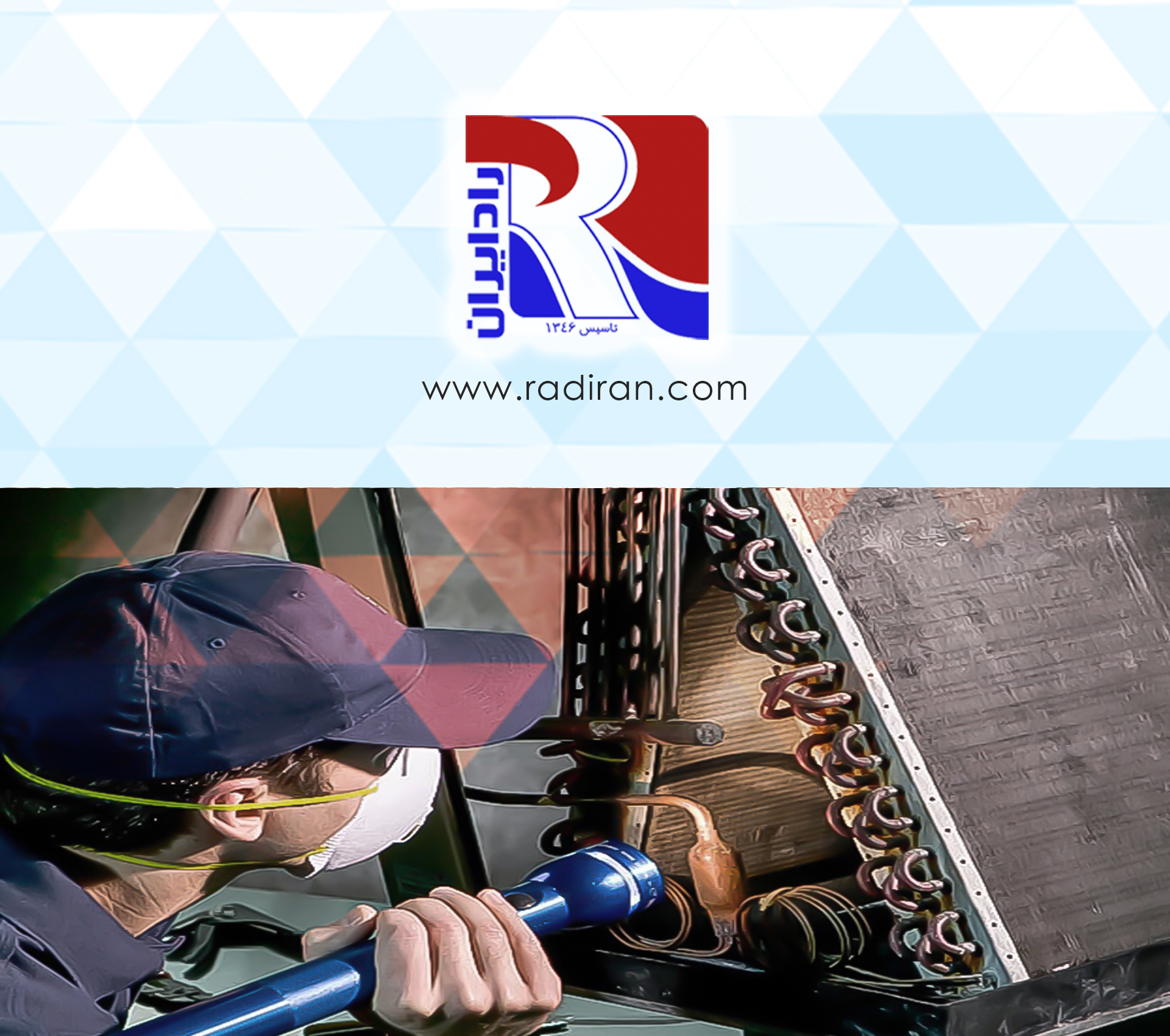Aluminum star-shaped fin
This study examines the effect of an aluminum star-shaped fin, placed along the axis of 5/8-inch copper tubes with a specific twist, on heat transfer in a shell-and-tube evaporator. The objective is to evaluate the enhancement of heat exchange and the reasons for using this geometric arrangement in refrigeration and HVAC applications. Fin design and configuration The star-shaped fin is formed from aluminum sheet into a multi-branch profile that fits inside a 5/8-inch copper tube and is twisted gently around the longitudinal...

